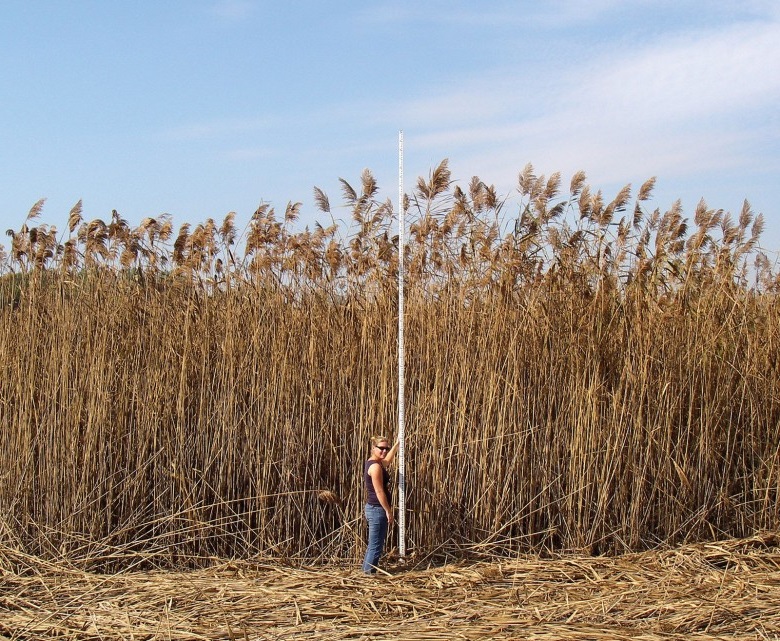
May, 2024. UNESCO. On International Day for Biological Diversity, we highlight the remarkable efforts underway to accelerate ecological restoration at St. Mary’s Biosphere Reserve on the island of St. Kitts. Home to thousands of species, this UNESCO-designated site spans vast marine areas, forested ridges, agricultural hills, cloud forests, mangroves, and coral reefs. Despite its rich biodiversity, 32% of the land is degraded, necessitating urgent restoration efforts. St. Mary’s is the first site to benefit from the expertise of volunteer scientists from the UNESCO Earth Network project, aimed at collecting key data, implementing restoration plans, and identifying sustainable livelihood opportunities.
St Mary’s Biosphere Reserve’s main challenges
Like many Caribbean islands, the socio-economic history of St Kitts and Nevis was marked by a heavy dependence on the lucrative sugar trade. Thanks to governmental efforts to diversify the economy since 1970s, the federation turned to tourism development, which brought unprecedented opportunities to improve the livelihood of locals. However, when the tourism industry came to a near standstill between 2020 and 2021, St Kitts and Nevis saw a 14.5% drop in its GDP, followed by another 4.3% contraction in 2021.
In addition, as a Small Developing State (SIDS), it faces a number of natural challenges accentuated in the last decade by climate change, with more frequent and violent natural disasters, including hurricanes and seismic events. The effects of climate change highlight the need to protect tropical forests and promote resilient and biodiversity-friendly agriculture.
What does agriculture have to do with biodiversity conservation?

UNESCO/Joan de la Malla
One of the primary goals of St Mary’s Biosphere Reserve is to conserve biodiversity, particularly one of the most emblematic species of the area, the critically endangered leatherback turtle. It may not seem obvious, but this goal is closely related with sustainable agricultural practices.
As explained by Dr Kimberly Steward (Ross University), leachate and chemicals used in farming end up on the beach and affect nesting zones as well as the algae, food and refuge for the leatherback and other turtle species.
What were the objectives of the UNESCO Earth Network mission to the biosphere reserve?

UNESCO/Joan de la Malla
With the generous support of the Government of Italy, the Earth Network project embarked on a mission to St. Mary’s Biosphere Reserve site to promote and work on ecological restoration. The initiative addressed specific challenges associated with agricultural practices, tools and methods of the St. Mary’s Biosphere Reserve site: cultivation, preservation and monetization of sustainable and biodiversity-led agriculture processes.
Furthermore, an inventory of biodiversity loss, i.e., soil-erosion, tropical forest depletion, diminished mangrove cultivation, extent of fauna and different species of birds, bees and other pollinators etc., was prepated. The mission also analysed potential employment opportunities based on sustainable, biodiversity-friendly agriculture practices and tools, i.e., better use of tropical forests as sources of new fruit and vegetable cultivation, and introducing new seed varieties more tolerant to heat and drought; and examined opportunities for the creation of small enterprises associated with sustainable use of natural resources and biodiversity.
Development of the mission and its first achievements

UNESCO/Joan de la Malla
The mission was conducted in two phases, both led by volunteer expert, Dr. Haydi Berrenstein. The first field mission took place from 20 – 24 February 2023 to collect data, assess the situation and exchange with local experts, as well as to interview local stakeholders.
A second mission took place in August 2023, when the Earth Network volunteer expert and local community members worked together to formulate technical advice towards an ecological restoration plan in line with available good practices and assess the feasibility of a local biodiversity inventory.
Additionally, in August 2023, a plan to improve their practices began to be implemented, through the creation of a Seed Bank, the development of natural fertilizers and a whole Biodiversity Agricultural Reforestation plan. The overall aim is to embrace better use of tropical forests, enhance the cultivation of new fruits and combat soil erosion.
Furthermore, the knowledge generated through the mission was consolidated and included in the UNESCO Biodiversity Portal, which provides real-time data from UNESCO-designated sites, as well as top-notch solutions.
Featured image- St. Kitts/Nevis natural springs.

